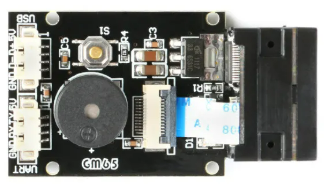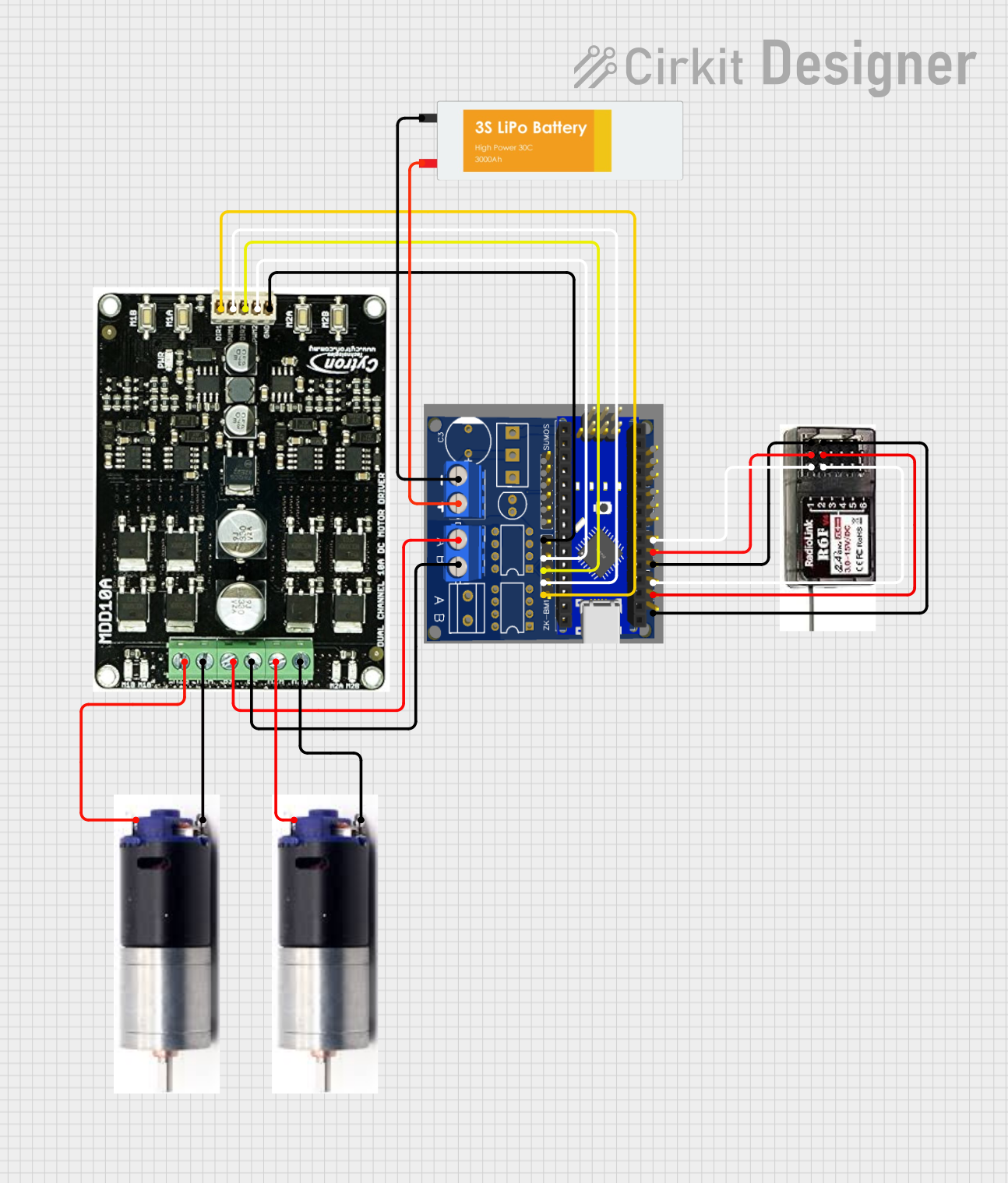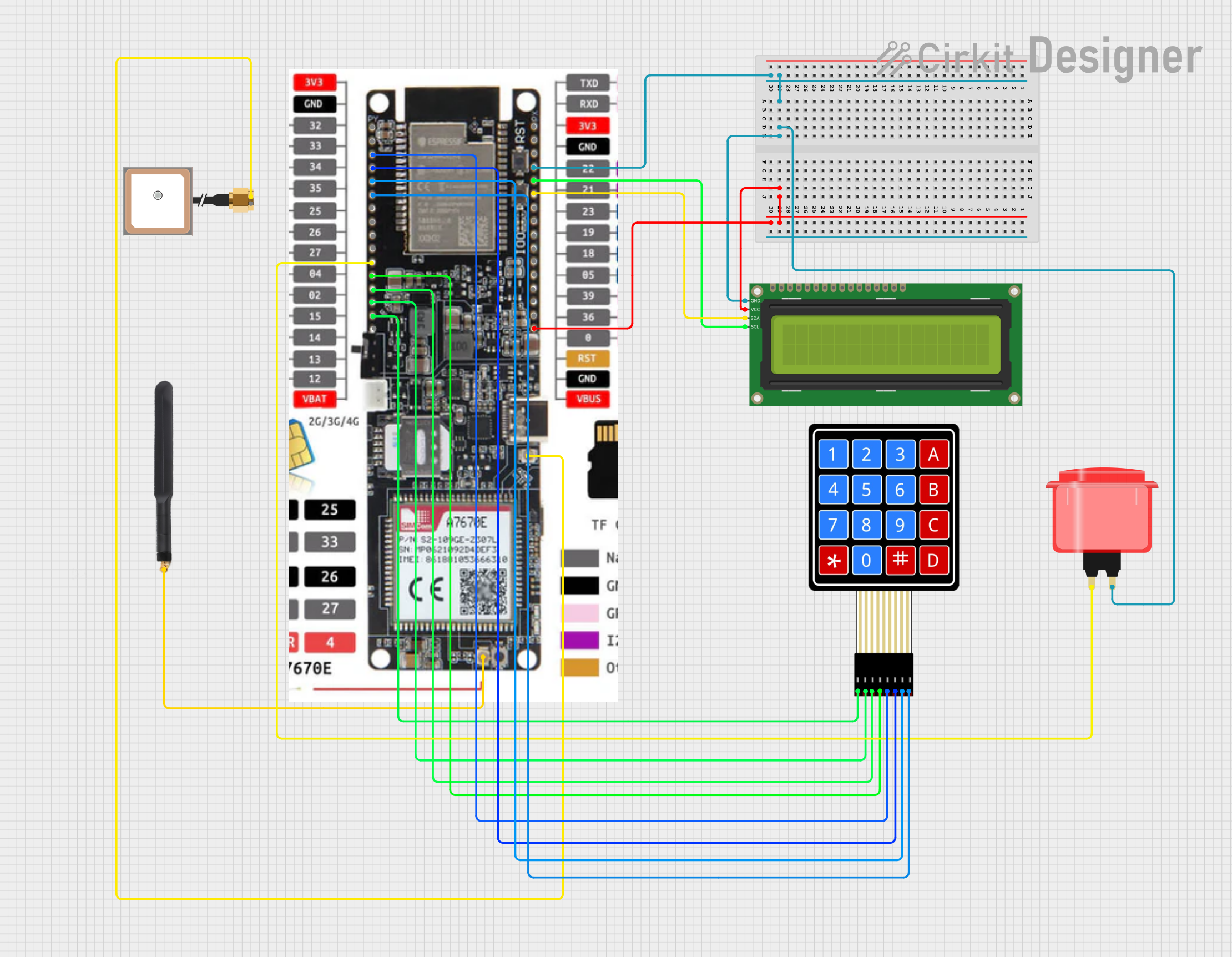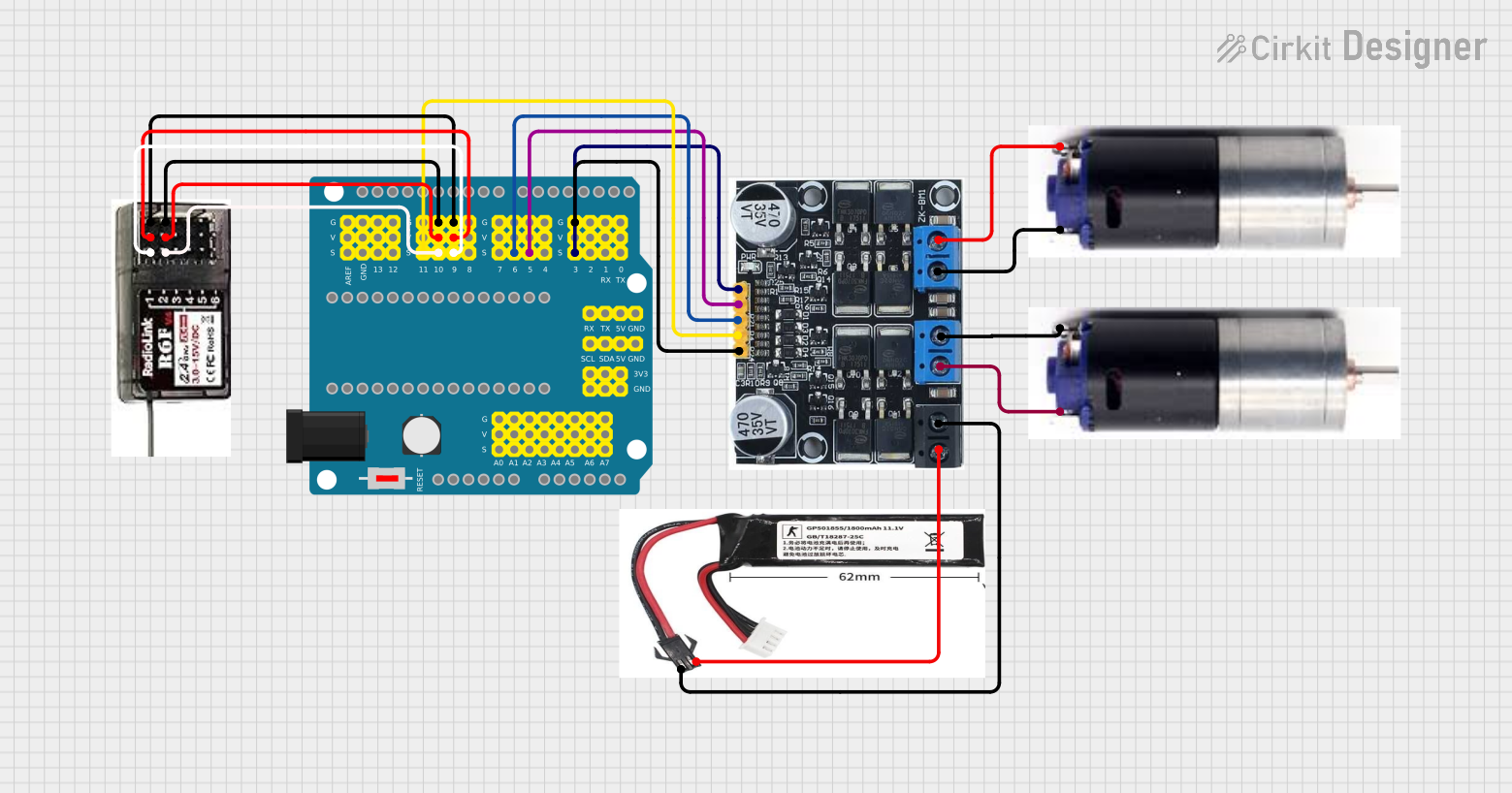
How to Use GM65: Examples, Pinouts, and Specs

 Design with GM65 in Cirkit Designer
Design with GM65 in Cirkit DesignerIntroduction
The GM65 is a GSM/GPRS module designed for mobile communication applications. It provides functionalities such as SMS, voice calls, and data transmission over cellular networks. This compact and versatile module is ideal for integrating cellular connectivity into embedded systems, IoT devices, and other wireless communication projects.
Explore Projects Built with GM65

 Open Project in Cirkit Designer
Open Project in Cirkit Designer
 Open Project in Cirkit Designer
Open Project in Cirkit Designer
 Open Project in Cirkit Designer
Open Project in Cirkit Designer
 Open Project in Cirkit Designer
Open Project in Cirkit DesignerExplore Projects Built with GM65

 Open Project in Cirkit Designer
Open Project in Cirkit Designer
 Open Project in Cirkit Designer
Open Project in Cirkit Designer
 Open Project in Cirkit Designer
Open Project in Cirkit Designer
 Open Project in Cirkit Designer
Open Project in Cirkit DesignerCommon Applications and Use Cases
- Internet of Things (IoT) devices requiring cellular connectivity
- Remote monitoring and control systems
- SMS-based alert and notification systems
- Voice call-enabled embedded systems
- GPS tracking and fleet management solutions (when paired with GPS modules)
- Wireless data transmission for industrial automation
Technical Specifications
The GM65 module is designed to operate efficiently in a wide range of environments. Below are its key technical details:
Key Technical Details
| Parameter | Specification |
|---|---|
| Operating Voltage | 3.4V to 4.2V |
| Operating Current | 1.5A (peak during transmission) |
| Communication Protocols | GSM/GPRS (2G) |
| Frequency Bands | Quad-band: 850/900/1800/1900 MHz |
| Data Transmission Rate | GPRS Class 10 (up to 85.6 kbps) |
| SIM Card Support | 1.8V/3V SIM cards |
| Operating Temperature | -40°C to +85°C |
| Dimensions | 24mm x 24mm x 3mm |
Pin Configuration and Descriptions
The GM65 module has multiple pins for power, communication, and control. Below is the pin configuration:
| Pin Number | Pin Name | Description |
|---|---|---|
| 1 | VCC | Power supply input (3.4V to 4.2V) |
| 2 | GND | Ground |
| 3 | TXD | UART Transmit (data output) |
| 4 | RXD | UART Receive (data input) |
| 5 | DTR | Data Terminal Ready (used for sleep control) |
| 6 | RTS | Request to Send (flow control) |
| 7 | CTS | Clear to Send (flow control) |
| 8 | RST | Reset (active low) |
| 9 | MIC+ | Microphone positive input |
| 10 | MIC- | Microphone negative input |
| 11 | SPK+ | Speaker positive output |
| 12 | SPK- | Speaker negative output |
| 13 | NET_STATUS | Network status indicator |
| 14 | SIM_VCC | SIM card power supply |
| 15 | SIM_DATA | SIM card data line |
| 16 | SIM_CLK | SIM card clock line |
| 17 | SIM_RST | SIM card reset line |
Usage Instructions
How to Use the GM65 in a Circuit
- Power Supply: Connect the VCC pin to a stable 3.4V to 4.2V power source and GND to ground. Ensure the power supply can handle peak currents of up to 1.5A.
- UART Communication: Connect the TXD and RXD pins to the UART pins of your microcontroller (e.g., Arduino UNO). Use a logic level converter if your microcontroller operates at 5V logic.
- SIM Card: Insert a compatible SIM card (1.8V/3V) into the SIM card slot. Ensure the SIM card is activated and has sufficient balance for SMS, calls, or data usage.
- Antenna: Attach a GSM antenna to the module for reliable network connectivity.
- Microphone and Speaker: Connect a microphone to MIC+ and MIC- pins and a speaker to SPK+ and SPK- pins for voice call functionality.
- Control Signals: Use the RST pin to reset the module and the DTR pin to control sleep mode if needed.
Important Considerations and Best Practices
- Use decoupling capacitors near the VCC pin to stabilize the power supply and reduce noise.
- Ensure proper grounding to avoid communication errors.
- Place the GSM antenna away from other components to minimize interference.
- Use appropriate UART baud rates (commonly 9600 bps) for communication.
- Avoid exposing the module to extreme temperatures or humidity.
Example: Connecting GM65 to Arduino UNO
Below is an example of how to send an SMS using the GM65 module with an Arduino UNO:
Circuit Connections
- GM65 TXD → Arduino RX (Pin 0)
- GM65 RXD → Arduino TX (Pin 1)
- GM65 VCC → 3.7V power supply
- GM65 GND → Arduino GND
Arduino Code
#include <SoftwareSerial.h>
// Define RX and TX pins for SoftwareSerial
SoftwareSerial gsmSerial(10, 11); // RX = Pin 10, TX = Pin 11
void setup() {
// Initialize serial communication
Serial.begin(9600); // For debugging
gsmSerial.begin(9600); // For GM65 communication
Serial.println("Initializing GM65...");
delay(1000);
// Send AT command to check communication
gsmSerial.println("AT");
delay(1000);
if (gsmSerial.available()) {
Serial.println("GM65 is ready!");
} else {
Serial.println("No response from GM65.");
}
// Send SMS command
gsmSerial.println("AT+CMGF=1"); // Set SMS mode to text
delay(1000);
gsmSerial.println("AT+CMGS=\"+1234567890\""); // Replace with recipient's number
delay(1000);
gsmSerial.print("Hello from GM65!"); // SMS content
delay(1000);
gsmSerial.write(26); // Send Ctrl+Z to send the SMS
Serial.println("SMS sent!");
}
void loop() {
// No actions in loop
}
Troubleshooting and FAQs
Common Issues and Solutions
No Response from the Module
- Ensure the power supply is stable and within the specified voltage range.
- Check the UART connections and ensure the correct baud rate is used.
- Verify that the SIM card is properly inserted and activated.
Network Connection Issues
- Ensure the antenna is securely connected and positioned correctly.
- Check if the SIM card has sufficient balance or an active data plan.
- Verify that the module is operating in a supported frequency band.
SMS Not Sending
- Confirm that the module is registered on the network (use the
AT+CREG?command). - Ensure the recipient's phone number is in the correct format (e.g., with country code).
- Confirm that the module is registered on the network (use the
Voice Call Issues
- Check the microphone and speaker connections.
- Ensure the network supports voice calls for the inserted SIM card.
FAQs
Q: Can the GM65 work with 5V microcontrollers like Arduino UNO?
A: Yes, but you need a logic level converter for the UART pins to avoid damaging the module.
Q: Does the GM65 support 3G or 4G networks?
A: No, the GM65 is a GSM/GPRS (2G) module and does not support 3G or 4G networks.
Q: How can I check the signal strength?
A: Use the AT+CSQ command. The module will return a signal strength value (e.g., +CSQ: 20,0).
Q: Can I use the GM65 for GPS tracking?
A: The GM65 does not have built-in GPS functionality, but it can be paired with an external GPS module for tracking applications.